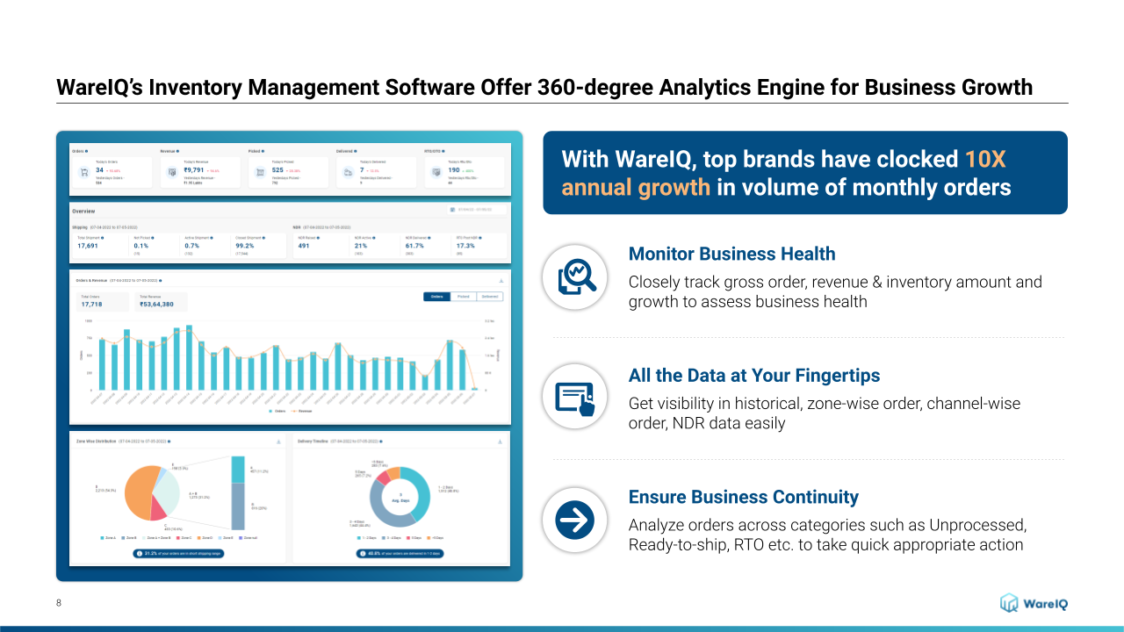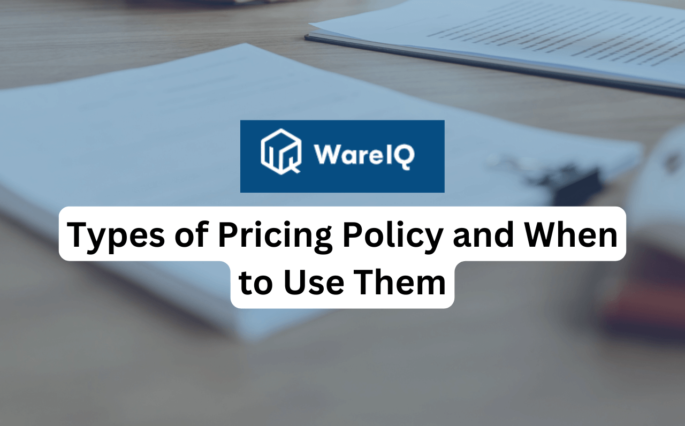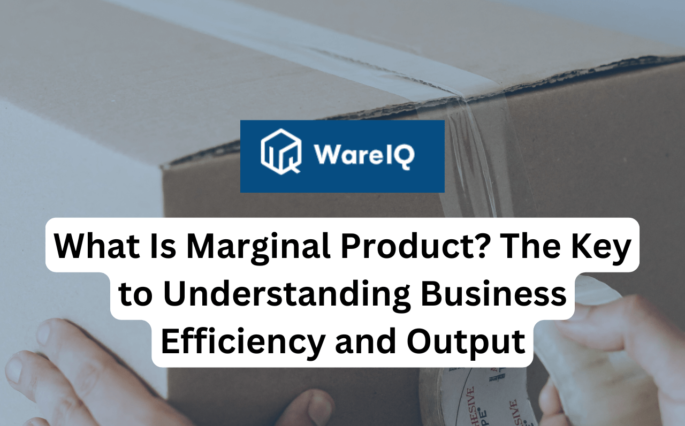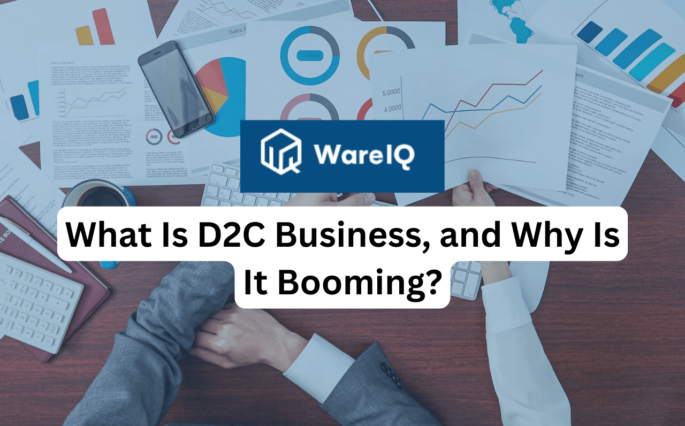What is Sell Through Rate in eCommerce and How Can it Impact Your Business in 2025?

Most eCommerce sellers attempt to manage their inventory in the best way possible but while many of them spend a lot of time on inventory costing techniques, they neglect to consider how effectively the inventory is flowing through their supply chain.
A high sell through rate indicates that you are placing the proper amount of orders in relation to demand for those goods. However, a low sell through indicates that you have ordered too much of a product. In many cases, your demand forecasting, purchasing or pricing strategies are fundamentally flawed.
Let us get a detailed understanding of what sell through rate is in eCommerce and how it can impact your business.
What is Sell Through Rate (STR)?
Sell through rate or STR is the ratio of inventory received from your manufacturers during a given time period to inventory sold during the same time period. Your STR is a performance metric that compares monthly sales to a predetermined goal. You can track sales, modify your objectives and maintain supply-chain efficiency by measuring the sell through rate of your company.
STR varies depending on the industry and organization but ideally, a rate of at least 80% is preferable.
WareIQ, an eCommerce fulfillment company, empowers online brands with a superior-tech platform to compete with Amazon like service levels by bringing their average delivery timelines from 5-10 days to 1-2 days.
How to Calculate Sell Through Rate?
Sell Through Rate Formula
To calculate your sell through rate, you need to total your sales during a specific time period and the total amount of stock available for sale for that same period.
You can calculate STR using the sell through rate formula which is as follows:
Sell Through Rate (Percentage) = (Total Sales / Stock on Hand) x 100
You can calculate your sell through rate weekly, monthly, quarterly, half-yearly or annually, depending on your sales goals and target time to achieve it.
Real-World Example
Suppose you sell electronic items. If you order 250 Bulbs for July, you would want to calculate your sell through rate at the end of the month to understand what your sales figures are.
If you sell 200 bulbs out of 250 then your STR is:
=(200/250) X 100
=80%
Hence, your sell through rate for July is 80%.
Why is Sell Through Rate Important?
The sell through rate is important for several reasons:
Helps Discern Your Best Performing Products
Your sell through rate is more than just a general indicator of total sales. STR is frequently determined by the supplier, product line, store location and other factors involved in eCommerce retail.
As a result, your STR is a useful tool to assist in your understanding of the most popular products. Utilizing this data will enable inventory optimization and a more accurate assessment of consumer demand. It will also help you to focus on refining and promoting those products to generate more revenue.
Assists in Calculating Your Inventory Holding Cost
A low sell through rate highlights inaccurate forecasting of your goods and possibly under-utilisation of storage space. To learn more about how you can reduce your storage costs, you can calculate STR.
Stock that will soon expire or that will become obsolete due to changing seasonal demand can make overstocking even more expensive. The unsold inventory occupies space that could be used to store goods that are highly in demand.
You can decide on the amount of storage space you need by taking into account storage expenses versus anticipated transportation costs or losses from stockouts, both of which have increased significantly during Covid-19.
Helps in Segmenting Your Supply Chain
Unexpected delays frequently occur in different stages of the supply chain, especially during COVID-19. Manufacturers, vendors, retailers and customers are all attempting to compensate for supply cycle bottlenecks.
Many businesses make up the difference by placing excessive orders or overstocking before they know whether products will truly be profitable. Your STR gives you clarity on sales trends so you can collaborate with your suppliers to order the appropriate goods in advance and stock up on high-selling items.
Assists in Determining Your Targets
Every retailer has sales objectives and they will differ for each depending on multiple factors. Setting goals enables you to monitor performance, hold sales representatives responsible and inspire your team and other colleagues.
Sell through rate measures your targets and enhances sales via suppliers, product lines, store locations, sales channels and other factors. STR can be used to analyze sales from any angle and gain a better understanding of how various aspects of your retail operation are doing so that you can accurately frame your targets and meet your objectives.
Helps With Managing Capital
An important tool for comparing your revenue to the cost of goods is your sell through rate. A decreasing STR over time indicates that you are spending more money than you are bringing in. On the other hand, as you alter your inventory orders and storage expenses, a growing STR indicates that your profit margin is increasing and will keep doing so for the foreseeable future.
5 Ways to Improve Your Sell Through Rate in 2025
If you have determined that your sell through rate is poor after calculating it, here are some strategies for increasing STR and expanding your clientele:
Maintain Accurate Inventory levels
The practice of buying goods in bulk and then putting them aside until they are needed is no longer viable for retailers. A product has a minimal possibility of making a profit when it is sold after being on the floor for ten weeks or more.
If your sell through rate is steadily declining, you might want to think about lowering your inventory levels. Slow-selling products could be eliminated or reduced in quantity and you could stock up on high-demand products that will increase your revenue and profit margins.
Make Sparing Use of Discounts
The quantity of stock you initially ordered may be the reason your sweaters aren’t moving as quickly as you’d like, even though you’re not selling them at full price.
Post the end of a particular season, most items are not sold as frequently and now you have to wait for a whole year to sell them, which will most likely cause them to become obsolete. Suppose a product is out of stock, business is slow or you only have a few of the less sought-after sizes left, discounting current products makes sense to make space for new inventory.
Although it could seem like an appealing strategy to increase sales, keep in mind that you’ll also be lowering your profit margins. You should use discounts and promotions rarely and if you do run them, keep the break-even threshold in your mind.
Forecast Demand
How much merchandise you sell in a specific time frame depends on the season. For instance, the sell-through rate of school shoes in December is likely lower than it is in May. Similarly, woolen items’ sell through rate in May is much lower than it is in December.
Your STR may showcase a few product lines that are out of season even though it doesn’t take seasonality into account. Demand forecasting can be used to fix this.
Use Social Media
More customers translate into more sales and an increased sell through rate. Make a list of prospective marketing tactics to raise the profile of your retail establishment.
Consider working with major retailers on campaigns that promote your brand and merchandise to attract new clients, potentially through branded or merchandise-specific retargeting, advertising or Instagram posts and stories.
Use social media tools to increase awareness, such as the “swipe up” feature on Instagram (alternatively you can sell on Instagram also) stories or Facebook’s shopping ads. This makes it possible for customers to access your product page directly, increasing the likelihood that they will convert.
Working together with an influencer or group of influencers who are relevant to your audience will work more.
Make Use of Bundling
Combining two or more products to be offered for sale at a discount is known as bundling. Product bundling is frequently used by retailers to increase cross or up-selling and lessen the “pain of paying.”
It’s also a wonderful way to sell surplus inventory and slow-moving items, particularly if your products are close to expiry or become out fashioned rapidly.
Sell Through Rate vs Inventory Turnover Rate
| Sell Through Rate | Inventory Turnover Rate |
|---|---|
| Sell through rate refers to the proportion of your inventory that is sold within a given month. Sell through rate is a superior study since a month is too short a time frame to calculate inventory turnover. Sell through rate doesn’t require the calculation of COGS so it is ideal for shorter time periods. | While sell through rate is relevant for a month, inventory turnover rate analyses a year’s worth of data to determine the inventory turnover. Inventory turnover is useful to get a broader picture of how your inventory is performing over a long period of time. Inventory turnover rate requires the calculation of COGS, as it is need to weight the cost to the turnover. |
Many shops have attempted to make the connection between the two figures or, more specifically, to determine whether inventory turnover and sell-through are correlated, but it is pointless. Manufacturers frequently devise special advertising campaigns or promotions to boost the sell through rate of their goods at the retail level. They will help a retailer move items out of their store using specialized funding known as cooperative funding (co-op). They can be used as advertising funds or, in some cases, as actual cash to mark down your inventory.
Conclusion
A high sell through rate indicates that you are placing the proper amount of orders according to demand and a low sell through indicates that you have ordered too much compared to demand. One of the best ways to optimise your sell through rate and get a better understanding of how to maintain inventory levels in relation to demand is to partner with a 3PL company like WareIQ.

WareIQ employs the use of a custom WMS that gives you access to historical data and all the metrics you need to measure your sell-through rate. We can also help with demand forecasting and suggest the optimum amount of inventory you need and which fulfillment center location it would be best suited for. We also help in determining your EOQ and MOQ to always have the appropriate amount of inventory on hand.
In addition, we handle multiple other processes involved in order fulfillment such as storage, inventory management, delivery and returns, and also provide access to our advanced technology and applications through our custom app store.








